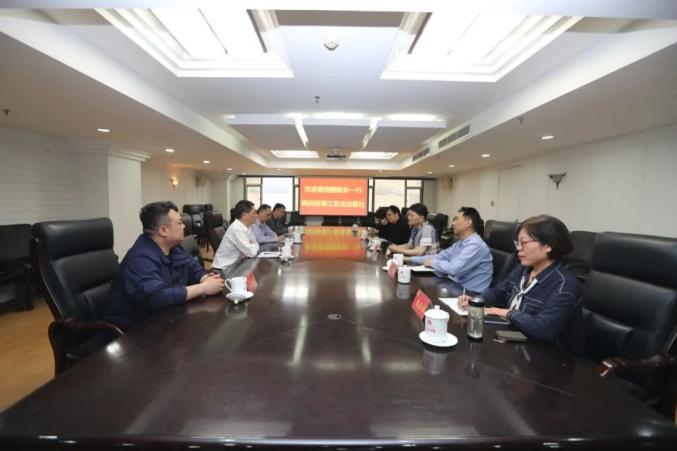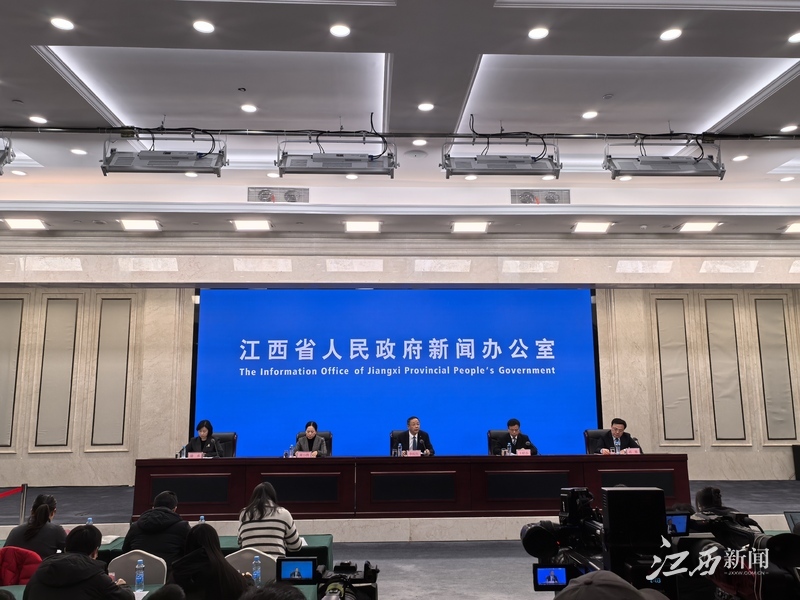The Heads Of State Of 26 Gathered In Beijing, And One Of The Five Central Asian Countries Remained Unresolved, And Two Pairs Of Enemies Gathered In Tiananmen Square.
The Heads Of State Of 26 Gathered In Beijing, And One Of The Five Central Asian Countries Remained Unresolved, And Two Pairs Of Enemies Gathered In Tiananmen Square.
The heads of state of 26 gathered in Beijing, and one of the five Central Asian countries remained unresolved. Two pairs of enemies gathered in Tiananmen Square, North Korea, Russia, Tiananmen Square, Beijing, Azerbaijan, Armenia, Five Central Asian countries, Turkmenistan

On September 3, 2025, Beijing will hold a military parade to commemorate the 80th anniversary of the victory of the Anti-Japanese War and to the end of the World Anti-Fascist War. As a result, the heads of state or heads of government of 26 countries came to support. This is not only a fun-making event, but also a big inventory of international relations. Especially the five countries in Central Asia are not absent, and two pairs of old rivals - North Korea and South Korea, Azerbaijan and Armenia - actually appeared on the same stage at Tiananmen Square.

Once the list is released, it shows that China's diplomacy covers a wide range. Russian President Putin took the lead, Kim Jong-un came from North Korea, as well as Vietnamese President Liang Qiang, Laos Tunglun, Cambodia King Sihamoni, Malaysian Prime Minister Anwar, and Indonesian President Prabowo. These Southeast Asian neighbors are basically all here. Pakistani Prime Minister Shabaz and Mongolian President Hurry Sulsuh also came.
In the Central Asia, Kazakh President Tokayev, Uzbekistan's Mirziyoyev, Tajikistan's Rahmon, Kyrgyzstan's Zaparov, and Turkmenistan's Berdemuhamedov all appeared. In Europe, Serbian President Vucic, Slovak Prime Minister Fitz, and Belarusian President Lukashenko. Latin America has Dias Canel from Cuba, Iranian President Pezeshkian from the Middle East, and Min Aung Hlaing from Myanmar is also present. The pair of Azerbaijan President Aliyev and Armenian Prime Minister Pashinyan, along with North Korea's Kim Jong-un and South Korean Speaker Yu Won-sik, became the focus. South Korean President Lee Jae-ming did not come, but sent a speaker, which was also considered as a face-saving person.

These 26 people come from four continents, Asia, Africa, Latin America and Europe, and are distributed quite evenly. Why do you say "accurate"? Because most of these countries have solid cooperation with China or have a deep historical origin. For example, Russia and Belarus fought side by side with China during World War II and are still supporting each other economically. North Korea also suffered Japanese invasion during World War II, and attending now is to reiterate that history.
Southeast Asian countries like Vietnam, Laos, and Cambodia still have a fresh memory of fascism. Now, through the Belt and Road Initiative, high-speed rail, port construction, and trade zones are built, and the economy is tightly tied. People from Cuba represent Latin America. China has invested electricity, vaccines and other things there, and the cooperation is stable. The attendance of Serbia and Slovakia shows that China's influence has reached its heartland in Eastern Europe. In the past, the West always felt that China was only wandering around East Asia, but now the shadow of Chinese projects can be seen from Bratislava to Belgrade.

Let’s focus on why none of the five Central Asian countries have fallen behind. This matter has to start with the China-Central Asia Summit in June 2025. At that meeting in Astana, six countries (Central Asia Wuga Mongolia) signed 55 agreements, with content ranging from energy to transportation, safety to culture, all of which can be implemented. When the energy pipeline is built, natural gas and oil flow smoothly; transportation routes are optimized, high-speed rail and highway connections are connected; safety mechanisms are well built, borders are stable; cultural exchanges are more, and mutual visits are increased.
As a result, three months later, all the leaders of these five countries came to Beijing. This is not only a courteous visit, but also a declaration to the outside world that Central Asia, the central hinterland of Eurasia, has now become a stable area and a cooperation area. China has gained a foothold in Central Asia, helping these countries develop their economies and avoid external interference. Kazakhstan has rich oil and gas resources and is connected to China's pipelines; Uzbekistan's agriculture and textile industries are strong, and its trade volume is rising year by year; Tajikistan has a lot of water resources and cooperates in building dams to generate electricity; Kyrgyzstan's mineral development, China invests in mining; Turkmenistan's natural gas exporter, and the pipeline is directly connected to China. These agreements are not written. After implementation, trade volume has risen sharply, infrastructure has been built, local employment has increased, and people's livelihood has improved significantly.

Now let’s talk about the two pairs of enemies in the same frame. First, Azerbaijan and Armenia. These two countries have fought for decades because of the Nagorno-Karabakh region, and they fought hard in 2020, with many casualties and injuries. In July 2025, they signed a settlement agreement in Washington to open the border with a ceasefire. Just two months later, I was on the same stage in Beijing. China did not interfere in their internal affairs, but provided a neutral platform that made both sides feel reliable.
This is the influence of a great power, and it doesn’t have to be forced, it depends on coordination and credibility. Under Aliyev, Azerbaijan became rich by oil, but also faced domestic opposition; Pashinyan came to power through protests and dealt with post-war reconstruction, and there was great domestic pressure. But this time attendance is equivalent to showing goodwill to the outside world, border passages are opened, trade is launched, and regional tensions are eased.
The other pair are North Korea and South Korea. Kim Jong-un came to Beijing, this is his rare multilateral occasion. South Korea did not send President Lee Jae-ming, but Congress President Yu Won-sik has arrived, which ranks third in South Korea and is considered a real power figure. The relationship between North Korea and South Korea has always been tense and border conflicts continue, but this time, no accident happened. It is hard to imagine in other places, but at home in China, it happens. This relies on China's mediation to facilitate limited contact. North Korea promotes nuclear programs and relies on China economically; South Korea's economy is developed, but geopolitical pressure is great. The two of them attended, symbolizing that the door of dialogue was not closed, and they maintained communication through third-party channels to avoid new conflicts.
This event is not only commemorating history, but also reshaping international narratives. The victory of World War II seems to be the matter of the United States, Britain and France in Western textbooks, but the Soviet Union sacrificed the greatest sacrifice. China resisted Japan for 14 years, and North Korea also suffered a lot. This time, Beijing has put these out to let the world remember its contributions. Descendants of international friends from 14 countries were also invited, such as descendants of Flying Tigers veterans, descendants of Soviet advisers, and children of French journalists. These people are not decorations, but witnesses, reminding everyone who has helped whom. China has not been ungrateful and will continue to help the ones that should be helped.

From a diplomatic perspective, the attendance of these 26 countries reflects the trend of multipolarization. China is a stabilizer, opening the channel, not creating confrontation. This is more pragmatic than the Cold War mentality. Most of the West did not come, and only Slovakian Prime Minister Fitzer was present in the EU. He opposed sanctions against Russia and broke the EU's position. Serbian President Vucic also came, and he balanced the relations between the EU and China-Russia. Deputy Secretary-General of the United Nations, Li Junhua, attended the meeting, who was a Chinese diplomat. Iranian President Pezeshkian came and Myanmar Min Aung Hlaing also came. These countries were sanctioned, but China provided economic support to help them bypass the pressure.

This is how China uses practical actions to attract friends and not engage in empty talk. Historical commemorations combine current cooperation with a large pattern. In the future, there will be many projects among these countries, the economy will be tightened, and the international influence will be increased. Putin and Kim Jong-un continue to lead, while Tokayev and others maintain stability. Overall, this is not just a gathering, but a signal: the world defines China and China's rhythm has not changed.






